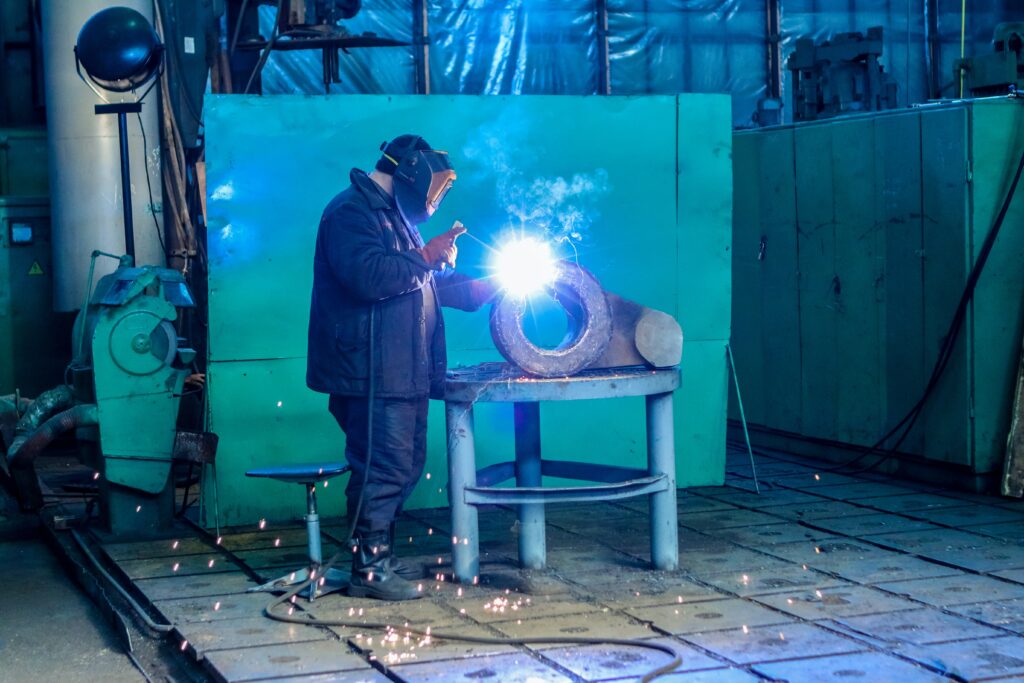Your Checklist for Safety Culture at Work

Everyone wants to feel safe and secure at work, and there are plenty of reasons for employers to prioritize workplace safety and culture. For employees, fewer peripheral worries make it easier to fully enter a flow state and productively engage, which means happier teams and boosted profits, to name just a couple of the potential […]
Violence and Threat Assessments: Dos and Don’ts in the Workplace to Prevent Further Damage

If yours is one of the countless businesses across the United States who wasn’t prepared to deal with workplace violence and got caught out, you’re sadly—but certainly—not alone. Statistics reveal that as many as 90% of organizations do not comply with federal OSHA reporting regulations and record-keeping in this area. Meanwhile, 55% of American employees […]
Do You Need A Violence And Threat Assessment For Your Business, Clinic Or Hospital? Get Started Here

It’s a bitter pill to swallow for businesses across the United States that prosecutions for workplace violence have fallen in recent years, but these kinds of incidents continue to grow in frequency—with more than ever resulting in deadly shootings. Here at Lauth Investigations International, among the spectrum of workplace investigations services that we provide, our […]
How Professional Investigators Can Dramatically Reduce Violence And Threats In The Workplace

Would your business benefit from the support of professional investigators to mitigate the risk of violence and threats in the workplace? The answer to that question might surprise you. When we imagine the role of the corporate PI, we might imagine them investigating a seedy manager accused of sexual harassment or a spate of thefts […]
Workplace Violence Risk Assessment And Management Framework: A Guide

Are you ready to safeguard your company against the threat of workplace violence? Close to half of human resources professionals in the U.S. say that their organizations have been impacted by workplace violence, and yet more than half of American workers agree that their employers haven’t taken appropriate steps to keep them safe on the […]
Active Shooter Training in the Workplace
